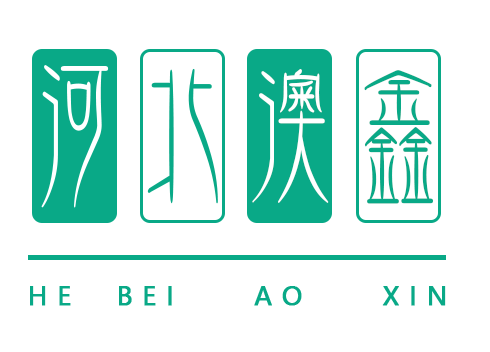
Oct . 21, 2025 10:40 Back to list
Camping Picnic Mat – Waterproof, Large, Portable
If you camp even a little, you already know the humble Camping Picnic Mat does a lot of heavy lifting. It’s your ground barrier, your clean lunch spot, your kid-proof play area, sometimes even your emergency tarp. To be honest, I’ve tested dozens—and the gap between a throwaway sheet and a spec’d-out mat is bigger than you’d think.
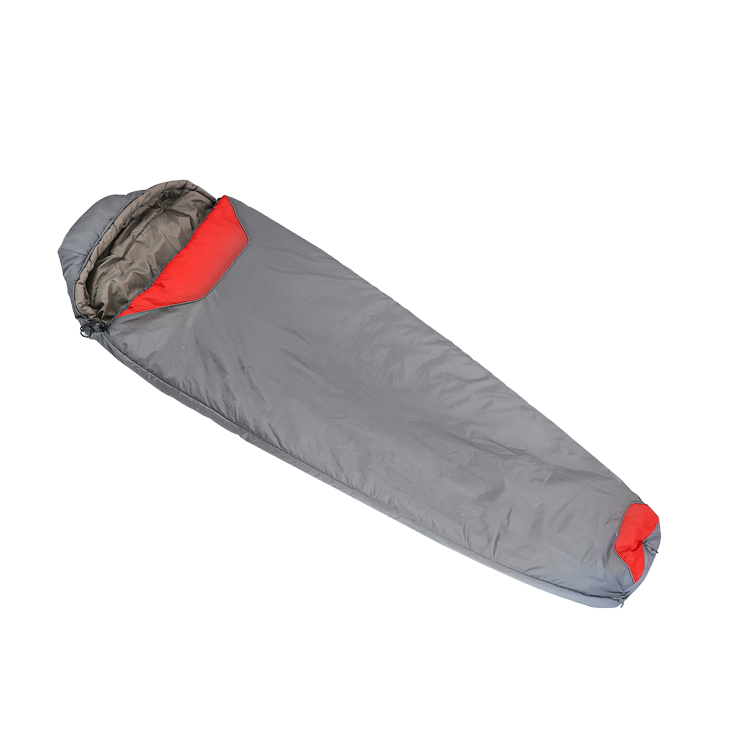
What’s trending in outdoor mats
Two clear trends: laminated waterproof backings (PEVA or TPU) replacing cheap films, and denser foam cores for real insulation. Brands are also pushing recycled polyester tops with OEKO-TEX claims. Surprisingly, fold geometry matters; tri-folds pack flatter in daypacks, while roll-ups are faster for beach setups. Many customers say durability beats softness over time—especially at festivals and glamping sites.
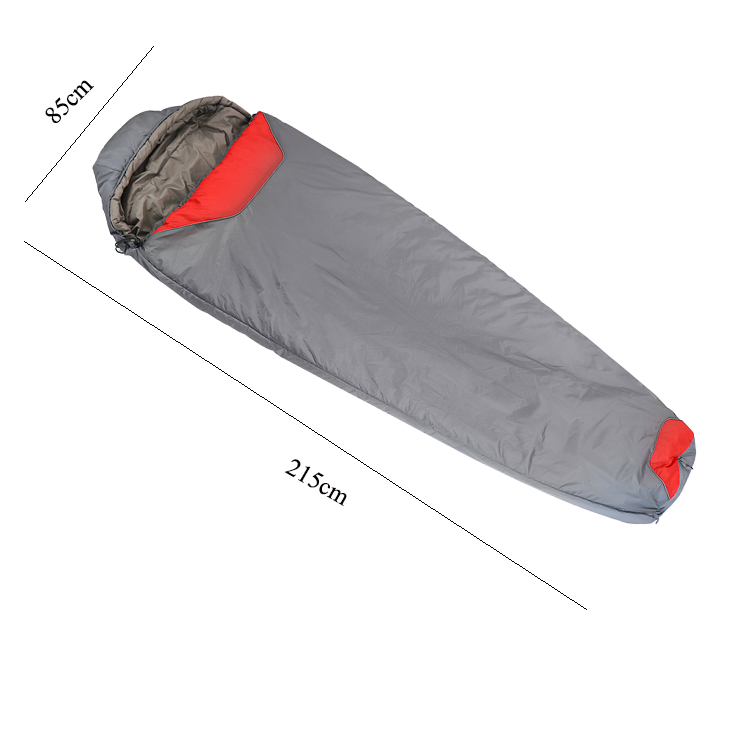
Specs that actually matter
Here’s a practical spec snapshot buyers ask me for again and again.
| Parameter | Typical Range / Note |
|---|---|
| Top fabric | 190T polyester or 210D Oxford; optional embossed weave for grip |
| Core padding | EPE foam ≈ 2–6 mm (real-world insulation may vary) |
| Waterproof backing | PEVA or TPU; ISO 811/AATCC 127 ≥ 2,000 mm HH common |
| Open size | ≈ 145×200 cm family size; customs from 90×150 to 200×200 cm |
| Thermal resistance | Rct ≈ 0.05–0.12 m²K/W (ISO 11092) |
| Weight | Around 0.7–1.2 kg depending on thickness |
| Care | Wipe-clean backing; some models machine-wash cold (check label) |

How quality mats are made (and tested)
Materials: woven polyester top, foam core, laminated PEVA/TPU base; edge binding and carry handle.
Process: fabric inspection → lamination → die cutting → quilting/edge binding → handle/Velcro → final fold → needle/metal check (when needed) → AQL QC.
Testing: waterproof hydrostatic head (ISO 811/AATCC 127), abrasion (ISO 12947), colorfastness (AATCC 61), thermal (ISO 11092), and REACH SVHC screening. Typical life: ≈ 3–5 seasons or 150–300 field uses depending on terrain and care.

Where a Camping Picnic Mat shines
- Family camping and vanlife floors (sand stays out, knees stay warm)- Beach days and lakesides (PEVA backing won’t soak through easily)
- Festivals and outdoor cinema (fold-flat, fast shake-off)
- Corporate events and rentals (logo-ready, easy to sanitize)
User feedback? It seems that quick-dry fabrics plus stitched carry handles get the loudest praise; flimsy bindings are what fail first.
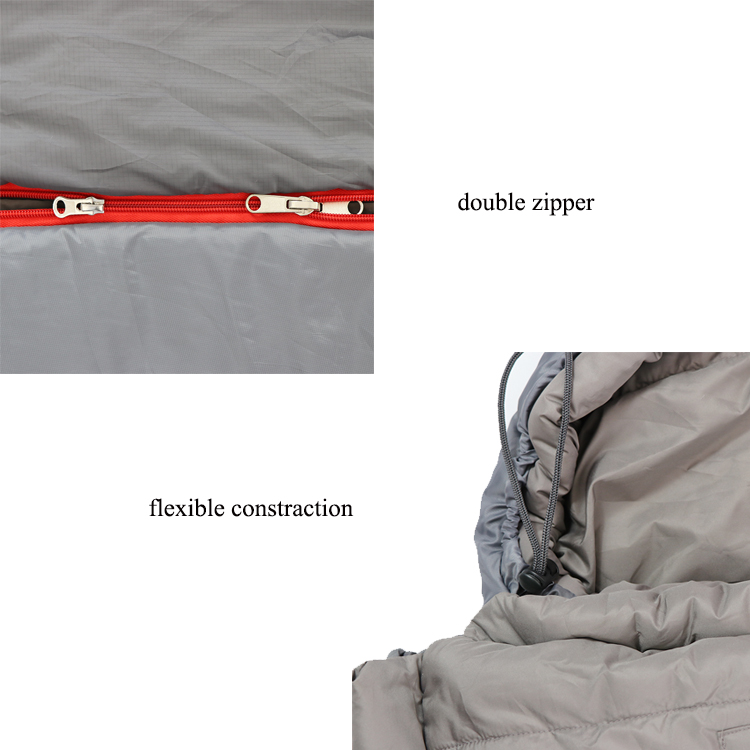
Vendor snapshot (real buyer questions)
| Vendor | MOQ | Lead Time | Certs | FOB Price | Location |
|---|---|---|---|---|---|
| Hebei Aoxin Outdoor | 500–1,000 | 25–35 days | ISO 9001, OEKO-TEX fabrics (on request) | ≈ $4.80–$9.20 | No. 516-1, Quannan East St., Xiangdu, Xingtai, Hebei |
| Marketplace Seller (Generic) | 50–200 | 7–15 days | Basic; limited test data | ≈ $3.50–$6.00 | Mixed |
| Premium EU Brand | 300–500 | 30–45 days | OEKO-TEX, BSCI, full lab reports | ≈ $12–$18 | EU/Asia |
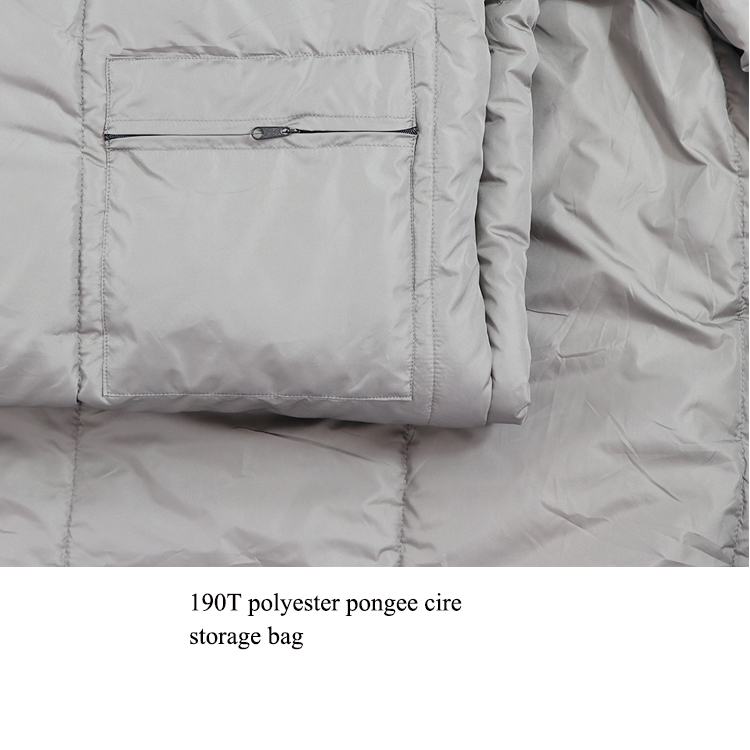
Customization and quick case notes
Custom options: size, foam thickness, backing (PEVA vs TPU), edge binding color, print/logo, fold pattern, carry strap, retail packaging, and barcodes. Industries: outdoor retail, rental fleets, events, corporate gifting.
Case 1: A coastal festival ordered 10,000 Camping Picnic Mat units with TPU backing; returns fell by 40% vs last year due to better seam binding. Case 2: A Nordic rental company switched to 4 mm foam; customer satisfaction went up (warmer seating), minor weight penalty accepted.
Pairing tip: if you camp overnight, the “Hot Sale Outdoor heated sleeping bag camping” is a sensible add-on—150gsm polyester wadding, 190T embossed W/R-cire fabric, 3-season profile—so you’re warm on top while the Camping Picnic Mat blocks ground chill.
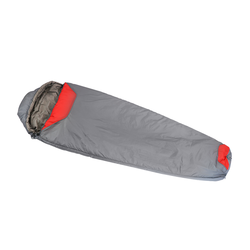
Compliance checklist
Ask vendors for: ISO 811/AATCC 127 waterproof tests, ISO 12947 abrasion, ISO 11092 thermal data (if available), OEKO-TEX Standard 100 on contact fabrics, and REACH SVHC compliance. Real-world use may vary—sand, rocks, and chair legs are the usual culprits—so inspect edge binding and backing thickness before you buy big.
- ISO 811: Textiles — Determination of resistance to water penetration
- AATCC 127: Water Resistance: Hydrostatic Pressure Test
- ISO 12947: Textiles — Martindale abrasion
- OEKO-TEX Standard 100 — Harmful substances limits
-
Durable Outdoor White Tents for Global Use | Hebeiaoxin
NewsNov.24,2025
-
Outdoor Pop Up Tents – Ultimate Guide to Portable Shelter Solutions
NewsNov.23,2025
-
Explore Durable and Stylish Woven Picnic Rug Pink – Comfort Meets Sustainability
NewsNov.21,2025
-
Custom Printed Picnic Rug – Durable, Eco-Friendly & Fully Personalized Outdoor Rugs
NewsNov.21,2025
-
Discover Durable Canvas Picnic Rugs with Tassels – Stylish, Sustainable Outdoor Essentials
NewsNov.20,2025
-
Discover the Charm and Sustainability of Picnic Rug Boho Woven Designs
NewsNov.19,2025
